Your quad is a do-anything machine. ATV’s are great for getting things done and for recreation too. But now you’re looking at your tires. Maybe you’ve blown one or they’re getting bald. Or maybe you just want a more aggressive tread pattern and a bigger tire. The problem is you’re a little lost when it comes to your ATV tire size.
How big can you go? Should you go big? How do you even know what all these numbers represent?
Don’t worry, we’ve got you covered. We’ll answer all those answers and more in this comprehensive guide.
How Do You Read ATV Tire Sizes?So, you’re shopping around for tires and you see one listed with a size like 26×10-12. Or, worse yet, you find something listed like 206/80R12.
What the heck does all that mean?
First, you need to figure out if you’re dealing with standard or metric ATV tire sizes.
ATV Tire Sizes: Standard Tire Sizing ChartStandard format is much more common on ATV tires than metric. You might see a tire size written 26×10-12 or, occasionally, 26x10x12. This format is pretty straightforward. It uses three numbers to sum up the size:
If you see a tire size that looks like this: 205/80R12, you know you’re dealing with metric. The metric format is exceedingly rare for ATVs and odds are you’ll never come across it. But if you do, the letter thrown in the middle of those numbers is a dead giveaway. In metric, you always have three numbers and a letter:
There may be other numbers and letters before and after these, but they’re not important for understanding your ATV tire size.
Breaking Down ATV Tire Sizes by the NumbersKnowing how to read those tire sizes is just the first step.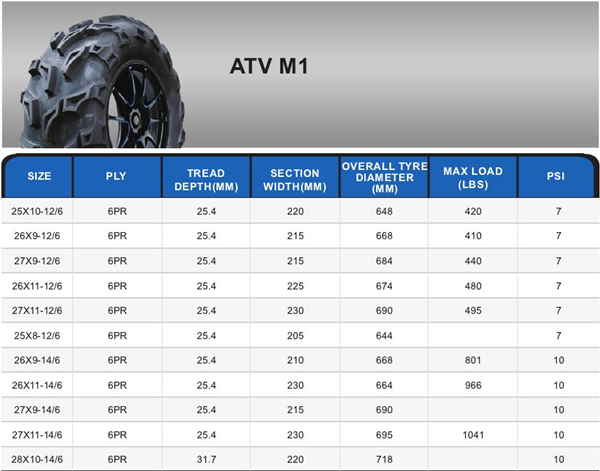 You really need to know how to use them. Is 26 inches a reasonable diameter for your quad? What kind of width do you need?
You really need to know how to use them. Is 26 inches a reasonable diameter for your quad? What kind of width do you need?
When you’re considering replacing all of your tires, you’ll want to make sure you get something that will actually fit on your stock vehicle.
Your typical ATV tire diameter fits within a range of about 20 inches for the smallest machines to about 30 inches for your more factory mud-equipped machines.
Basically, your quad will typically fit into one of few categories:
Keep in mind that you’ll want to keep within a couple inches of your stock tire size. If you go too big, you’ll start to rub on your fenders (among other issues). If you go small—well, that’s just silly.
Tire width is easier to understand. Choosing the right tire width has a lot to do with your own preferences and riding style.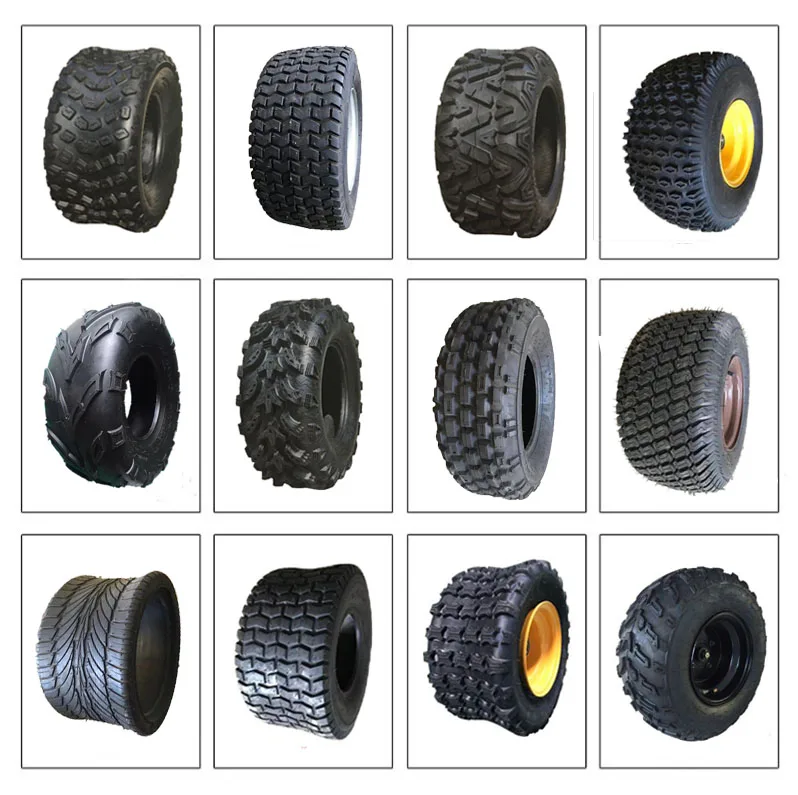
A wider tire tends to give you a flatter tread pattern and more grip. A narrow tire gives you a little more control.
ATV’s usually have a wider tire on the rear than on the front to get the best of both tires. A typical rear tire on a quad will be 10 to 11 inches wide while a front tire will be 7 to 8 inches wide.
But matching your tire width to your riding style isn’t the only thing you need to consider. You also need to make sure it’ll physically fit on your chosen wheel. There are two main ways to make sure it’ll fit.
This one is non-negotiable.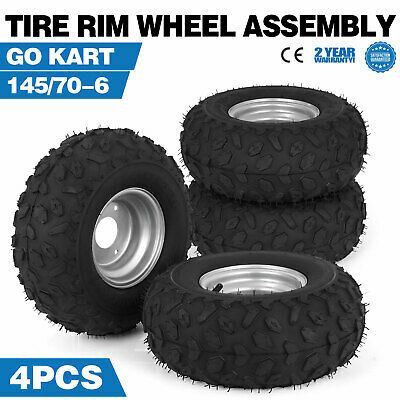 You have to make sure your tire’s wheel diameter matches your actual wheel diameter.
You have to make sure your tire’s wheel diameter matches your actual wheel diameter.
Most off-road wheels tend to be 10 to 12 inches in diameter—which is convenient considering most off-road tires are designed to fit those wheels. That’s a good size as it gives your tire plenty of cushion between the tread and rim, which results in smoother rides and more protection for your rims.
Of course, you can end up with bigger wheels if you have bigger tires, but we’re getting ahead of ourselves.
Choosing the Right Size Tires for Your ATVYou don’t need any old tire. You have to choose the perfect ATV tire size for you. After all, you ride your own way and have your own needs.
We’re going to simplify ride style to three main types:
For a workhorse ATV, it’s not a bad idea to stick with stock. It’ll give you the expected traction and power you need.
Trail riding, like dune riding, means you want to go fast. For that, a wider, flatter tire will keep you gripping and in control. If you ride in the mud, you might want to go with something bigger and narrower along with an aggressive tread pattern.
For that, a wider, flatter tire will keep you gripping and in control. If you ride in the mud, you might want to go with something bigger and narrower along with an aggressive tread pattern.Trails and dunes demand high traction, and you get that by going wider. You don’t necessarily need a taller tire, but a wider one will give you the grip you need.
Dominating rock gardens and taking on bounty holes is done best with a big tire. But going big isn’t as simple as just buying the biggest tire you see.
Can I Put Bigger Tires on My ATV?The short answer is yes.
Here comes the long answer.
Every ATV has a theoretical maximum tire size it can fit without modifying the suspension. It’s typically about one to two inches bigger than your stock tires. So if your ATV came with a 27-inch tire, you could probably fit a 29-inch tire without too much trouble.
But what if you want to go bigger?
That takes some work. You’ll either need to invest in a lift kit or some offset A-arms.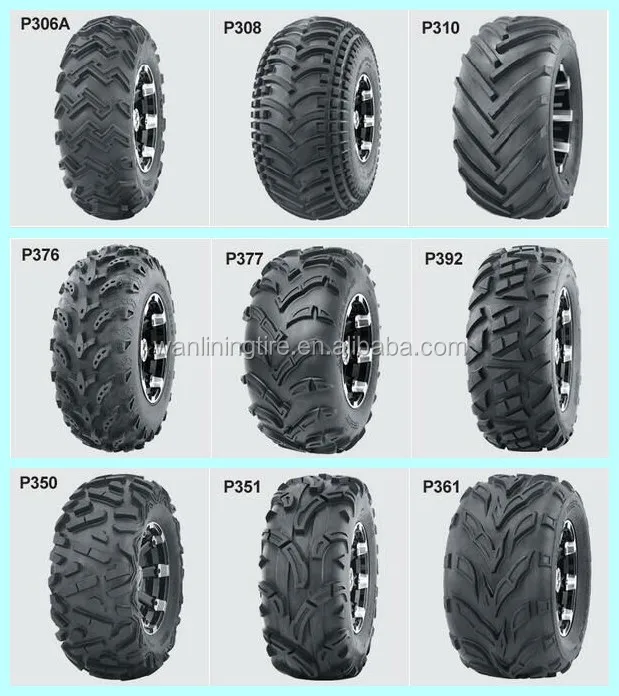 These types of kits will often tell you what the max tire size is when you have them installed.
These types of kits will often tell you what the max tire size is when you have them installed.
You can’t go big without some consequences though. Namely, you’ll lose torque due to the increased diameter (big tires like a high-gear kit!) and the extra weight. The weight can also put extra strain on your clutch and shorten the life of your clutch belt.
Luckily, you can get your torque back with a transmission gear reduction or GDP Portal Gear Lift (which has a gear reduction built in).
You can also bolster your clutch with heavy-duty drive belts and eek out even more torque with a clutch kit.
So now that you’re equipped with knowledge, go equip yourself with some tires. Get the ATV tire size you want, and ride with confidence.
RELATED CONTENT: ATVs37 tires15
Share
10
ATV tires come in many different sizes, shapes, treads, and materials.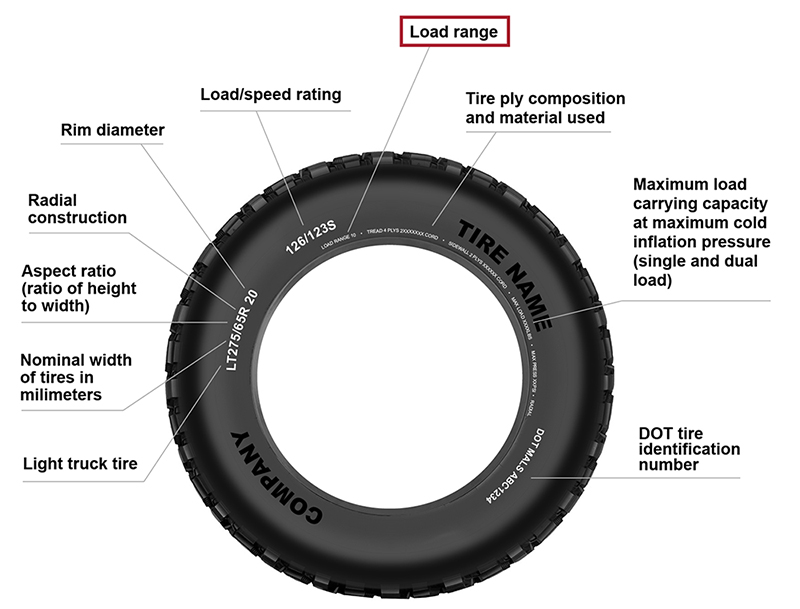 It can be hard to weed through all the options to find a tire suited for your style of riding. Getting the right tire for your environment will increase handling, cornering, and braking depending on the terrain you ride.
It can be hard to weed through all the options to find a tire suited for your style of riding. Getting the right tire for your environment will increase handling, cornering, and braking depending on the terrain you ride.
Replacing your tires when they need it helps performance as well, the difference between used and new tires is noticeable right away. It’s worth it to spend the extra money to get a quality set of tires, but you don’t need to spend a fortune to get a good tire that will last you years of riding. Here are some things to consider when looking for a new set of tires for your quad.
The first thing to find out is the size of tires your ATV takes. You could always buy different wheels for your ATV and match the tires to the rims, but lets assume you just want to replace the tires. Tire sizes are usually shown in a three number format separated by a dash or an x or both, like this, 25×10-12 or 25x10x12 or 25-10-12.
The first number is the tire height when the tire is inflated.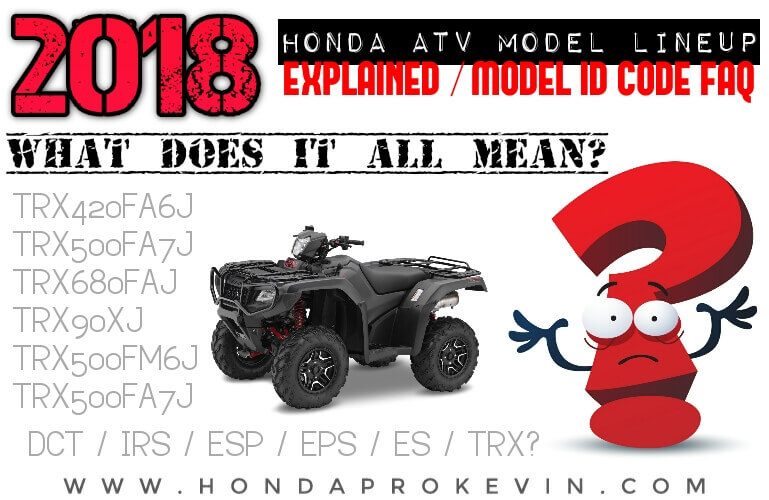 The second number is the tire width when fully inflated. And the third number is the wheel diameter. So for a tire reading 25×10-12, the tire is 25″ tall, 10″ wide, and will fit on a 12″ rim. If your tire is a radial construction tire, you might also notice an R in there too, like this, 25-10R12.
The second number is the tire width when fully inflated. And the third number is the wheel diameter. So for a tire reading 25×10-12, the tire is 25″ tall, 10″ wide, and will fit on a 12″ rim. If your tire is a radial construction tire, you might also notice an R in there too, like this, 25-10R12.
If you want to get the stock tires for your quad, check your users manual. Or to replace existing tires that are worn out, simply check the side wall of the tire you want to replace to find its size.
Now that you know what size of tires you need, you can decide what type of tire suits you best. This depends on what type of riding you do most often, and what type of rider you are. The types of tires you can expect to see will fall into one of these categories: All-Purpose, Off-Road, Motocross, Mud, or Sand.
For any of these types of tires you want to look at the ply and tread depth. The tread depth is just how deep the tread of the tire is. The tire will grip better and last longer the more tread depth there is.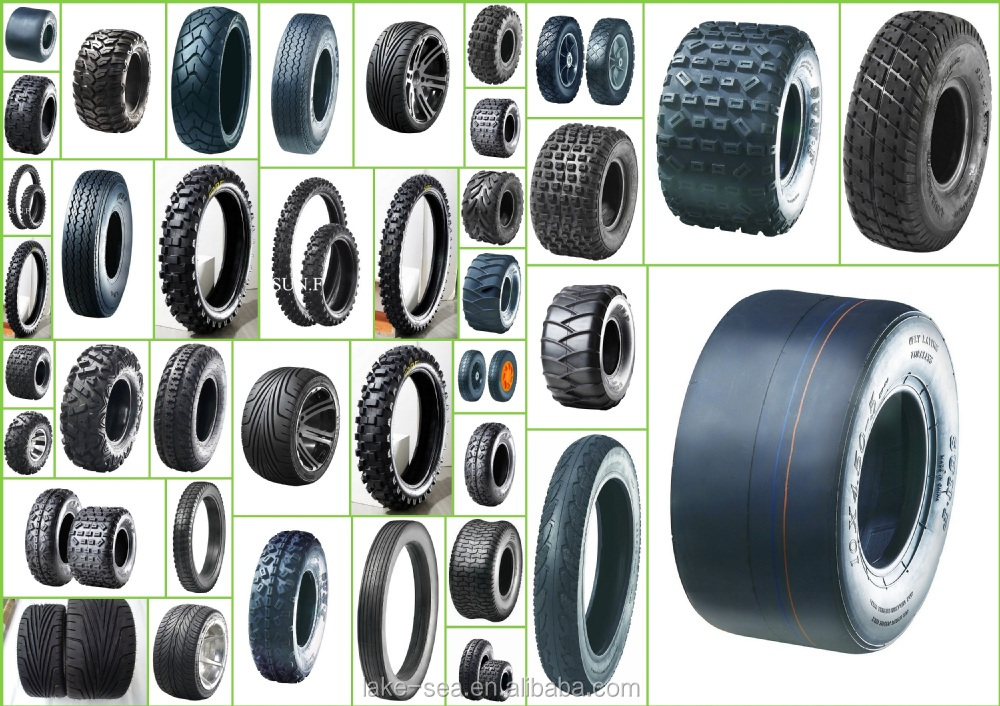 The tire ply is how many layers of material the tire is made out of. The more ply, the stronger the tire will be and the more resistant to punctures it will be. A stock tire is around 4-6 ply with a tread depth around 0.5-0.6 inches.
The tire ply is how many layers of material the tire is made out of. The more ply, the stronger the tire will be and the more resistant to punctures it will be. A stock tire is around 4-6 ply with a tread depth around 0.5-0.6 inches.
If you want to keep things simple, and be able to ride on all of these terrains without having to change tires out, I would go with the All-Purpose tires. These are usually what a new ATV comes stock with on it anyways. If you do decide to go with these tires, get a tread depth at least 0.5″ or more. That way the tires will last a while.
All-Purpose tires are by far the most popular and most purchased type of tire for four wheeling. You can go from muddy river bed to packed down trail and experience the same performance from your machine. Of course, mud tires will beat these in the mud any day. But for the average rider, All-Purpose tires are the way to go.
I found this Set Of 4 Wanda ATV Tires (link to Amazon), for under $250 for all 4 tires.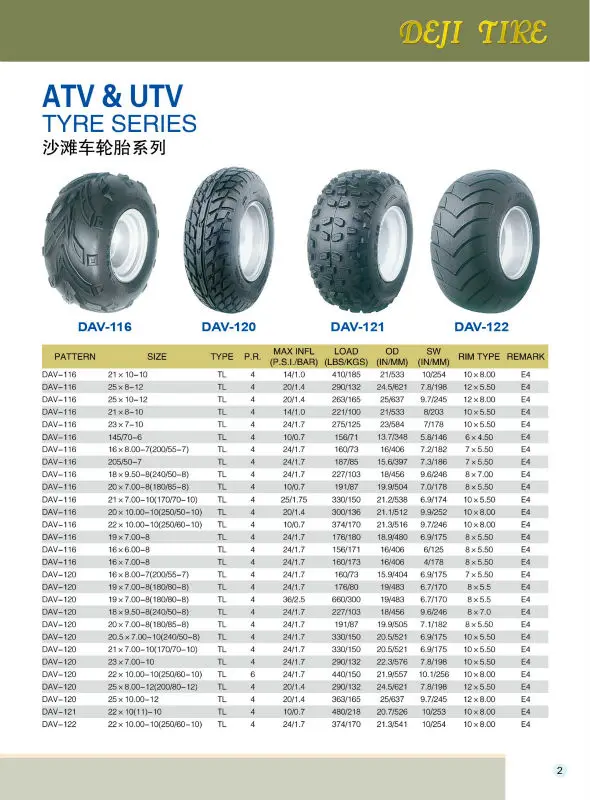 Wanda makes a good all terrain tire, and the reviews are excellent for this one. It has a heavy 6 ply rated nylon material to help resist punctures. Just make sure to select your size tires when ordering. I have seen tires selling for around 100 dollars a piece on Amazon, so this is a pretty good deal to replace all your tires in one go.
Wanda makes a good all terrain tire, and the reviews are excellent for this one. It has a heavy 6 ply rated nylon material to help resist punctures. Just make sure to select your size tires when ordering. I have seen tires selling for around 100 dollars a piece on Amazon, so this is a pretty good deal to replace all your tires in one go.
Off-Road tires are similar to All-Purpose tires in a few ways. The only real difference is that the Off-Road tires are made with stronger tread, and are usually more durable. They need to be in order to handle the off road trails.
Because you can encounter everything from snowy mountain trails to sandy wooded trails, Off-Road tires are basically stronger all terrain tires. The Kenda Kutter XC Tires are a good mid range quality tire for off road use.
ATV motocross is usually an all man made course. The soil is loose, so you would want a tire that has stiff knobs to help you get through corners. But you also want a spaced out tread pattern to help with grip during acceleration.
But you also want a spaced out tread pattern to help with grip during acceleration.
Grip becomes extremely important when there are jumps and other obstacles that could cause injury. The Maxxis Razr Tires are great for motocross, but I would only use these on tracks you are familiar with and know there aren’t any rocks or logs that will puncture this 4 ply tire.
These types of tires usually have deeper lugs than most of the others. Mud tires need to give you traction in the worst case scenarios. The tires have these big knobs on them which help dig you out of mud or snow. They will get you through more muddy areas than an all terrain tire will.
These Interco Swamp Lite ATV Tires are just plain cool looking. They are 6 ply tires and come as a pair. Be sure you get the right size for your wheels.
Sand tires are only really needed if you plan on riding in the dunes. Which by the way is a blast, it’s worth trying out.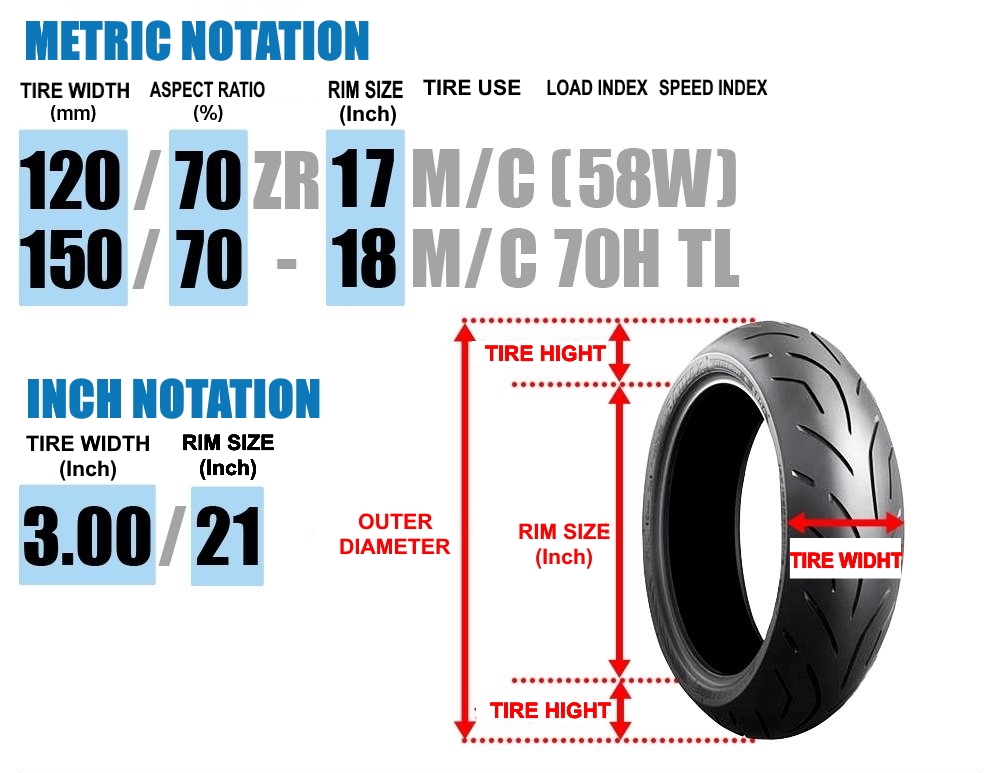 Usually the rear wheels will be like paddles to push you through the sand, and the front wheels will be smooth except for a rib down the center for steering.
Usually the rear wheels will be like paddles to push you through the sand, and the front wheels will be smooth except for a rib down the center for steering.
Sand tires can be expensive, and for only really being useful for riding in the dunes, it’s hard to justify. You could probably be fine with your all purpose tires, but you’ll get sick of getting stuck and pulling yourself out. Here is an example Maxxis Razr Blade sand tire to check out.
How do you know when you need to replace your ATV tires? There’s no point wasting money on new tires until you need to right? Usually you’ll be able to feel the tires getting worn out. You might notice your tires not gripping as well as they used to. You can tell when taking corners that the back end may be sliding out more than it used to and things like that.
Tires usually last about five years, so if you’ve had them for four or five years it might be time to have a look at them. Tires should look dark black, after you wipe the dirt off them. Old tires will have the knobs rounding down, which reduces grip. And they will look weathered and faded, either from the sun or because they are old.
Old tires will have the knobs rounding down, which reduces grip. And they will look weathered and faded, either from the sun or because they are old.
If you notice any cracking in the rubber, you might need new tires. The tires rubber material gets dried out and cracks over time weakening the tire.
TIP: Keep your tires inflated to the proper psi, that will help your tires last longer and your quad will handle better. A good standard ATV tire pressure is around 5 psi for normal riders. If you want to learn more about tire pressure or even customize your tire pressure to fit your style of riding check out the ATV Tire Pressure article here.
Taking care of your ATV wheels is just as important as the tires. If you buy brand new excellent quality tires and put them on cracked rims, they could pop your brand new tires. There are a few different types of rims and they have their respective purposes.
The most common type of ATV rim is made out of steel. That’s because they are cheap and easy to make, but they are also heavy. Heavy wheels aren’t good for every situation. For example, if you plan on going sand riding in the dunes, you want a light weight wheel to put paddle tires on. Aluminum alloy or magnesium alloy rims are recommended for the dunes. People also upgrade their rims based on their riding style and preference. Larger wheels will give you more power, but smaller wheels will give you more speed.
That’s because they are cheap and easy to make, but they are also heavy. Heavy wheels aren’t good for every situation. For example, if you plan on going sand riding in the dunes, you want a light weight wheel to put paddle tires on. Aluminum alloy or magnesium alloy rims are recommended for the dunes. People also upgrade their rims based on their riding style and preference. Larger wheels will give you more power, but smaller wheels will give you more speed.
If you aren’t going to be doing any professional racing or riding in extreme terrain, the normal stock rims are probably fine. But if you need to replace them, or want to upgrade to a lighter wheel, you should know how to read your wheel size.
The wheel size is usually stamped right into the rim itself. It might look something like this, 8×8,3+5,4/110. The first 8 is the diameter of the wheel, that means you need a tire with that diameter to fit it. The second 8 is the width of the wheel. The 3+5 is the offset of the wheel, this wheel would be 3″ off center and 5″ offset to the outside.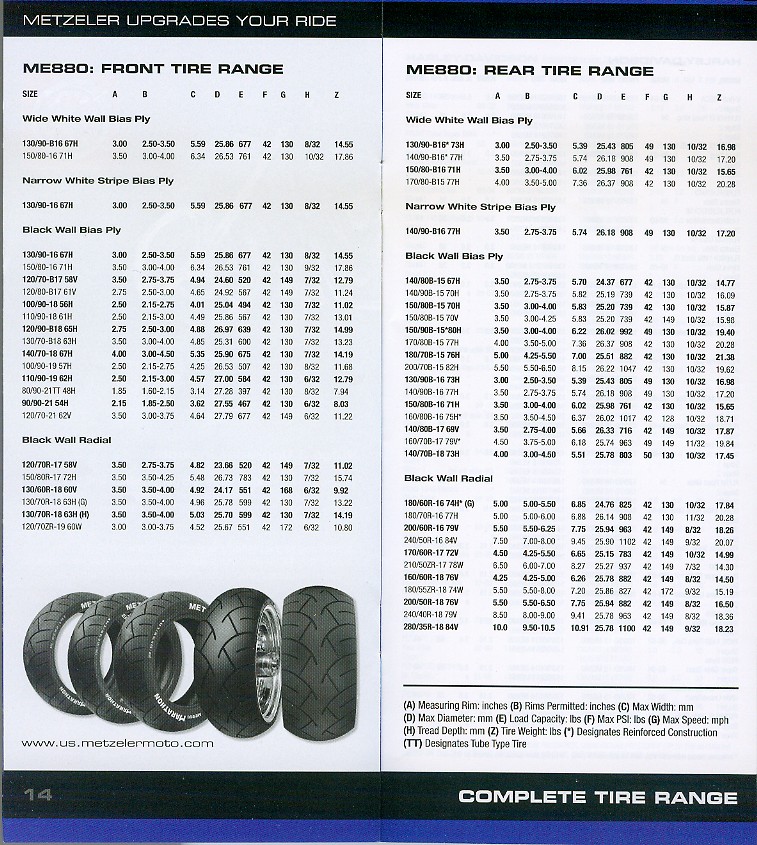 I’ll tell you about offset in a bit. The 4 is how many bolt holes (lugs) in the rim, and the 110 is the spacing of bolt holes in millimeters.
I’ll tell you about offset in a bit. The 4 is how many bolt holes (lugs) in the rim, and the 110 is the spacing of bolt holes in millimeters.
Your ATV wheel offset can be changed so that the quad will handle how you like it to. If you’re not having handling problems with your ATV, you probably don’t need to worry about this. But if you don’t like how it handles, it could be too loose or too stiff, then you can change the width of the front or rear end to handle how you want it to.
There is an inner wheel half and an outer wheel half as they align with the hub. Our example will be a 3+5 wheel offset. As you can see in the picture below, the 3 represents 3″ on the inner wheel half, and the 5 means 5″ on the outer wheel half.
The inner wheel half is the side facing the ATV, and the outer is the side facing away from the ATV. The hub is where your rim mounts to your quad. Adjusting the wheel offset is basically bringing the wheel closer or further away from the ATV.
Some people will get rims with a negative offset like 2+5 in order to widen the stance of their quad. This is mostly done for looks rather than handling. Although some quads with a straight axle in the rear take a 2+5 wheel, the most common wheel offset is 5+2. Almost all utility ATVs and UTVs will have a 5+2 offset, as well as any quad with independent rear suspension.
This is mostly done for looks rather than handling. Although some quads with a straight axle in the rear take a 2+5 wheel, the most common wheel offset is 5+2. Almost all utility ATVs and UTVs will have a 5+2 offset, as well as any quad with independent rear suspension.
Sharing is caring!
Main Page→→
ATV tire selection
The first thing to start with when choosing tires for an ATV is to determine the optimal wheel diameter. To do this, it is enough to know a simple rule: the larger the diameter of the ATV wheels, the larger the contact patch and the higher the off-road patency. On the contrary, a tire with a small diameter will allow you to develop high speed, however, off-road performance will become lower.
When choosing the right tire diameter for an ATV, you should pay attention to the engine size. ATVs up to 50cc see susceptible to changes in the standard diameter of the wheels, with an increase in volume, the sensitivity becomes less.
But everything needs a measure: installing too large tires for an ATV will adversely affect the viability of the engine, suspension, transmission. In addition to the increased load on the systems of the ATV, when installing large heavy wheels, the torque will also decrease.
ATV radial and bias tires
Unlike car tires, ATV tires have a predominantly diagonal design. How a radial tire differs from a diagonal one can be found in the corresponding article, here we will tell you what pros and cons this or that tire has for use on an ATV.
The passenger car radial tire has excellent elasticity and contact patch retention, resulting in vehicle directional stability. But ATV tires rarely get to know smooth asphalt, and therefore their contact patch is not stable and it needs to adapt to rough terrain. ATV tires must be able to withstand permanent deformation and also have a strong sidewall. Only diagonal ATV tires meet these requirements. On the other hand, road and sport quads require an ATV radial tire.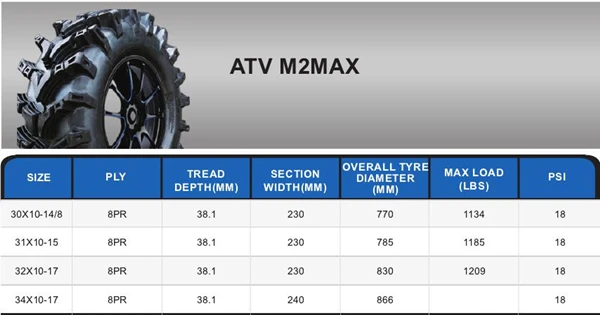
ATV Tire Tread
Cross-country ability depends on what kind of tread an ATV tire has. Moreover, the greater the patency, the lower the speed and handling on an asphalt road. So, high directional symmetrical tread rubber lamellas for an ATV will make it easy to overcome swamps, swamps, but on the road the behavior of an ATV with swamp tires will be far from perfect. Therefore, if you need to get to the adventure site on a regular road, it is better to choose ATV tires with an asymmetric pattern, which will increase traction. If the sipes are high and directional, then the cross-country ability will be at a good level, besides, directional sipes contribute to the self-cleaning of tires.
Mud tires for ATVs with their tread resemble the swamp tires described above. The only thing worth noting is that the symmetrical tread blocks of mud tires must diverge in different directions at an angle of at least 45 degrees to ensure excellent water drainage.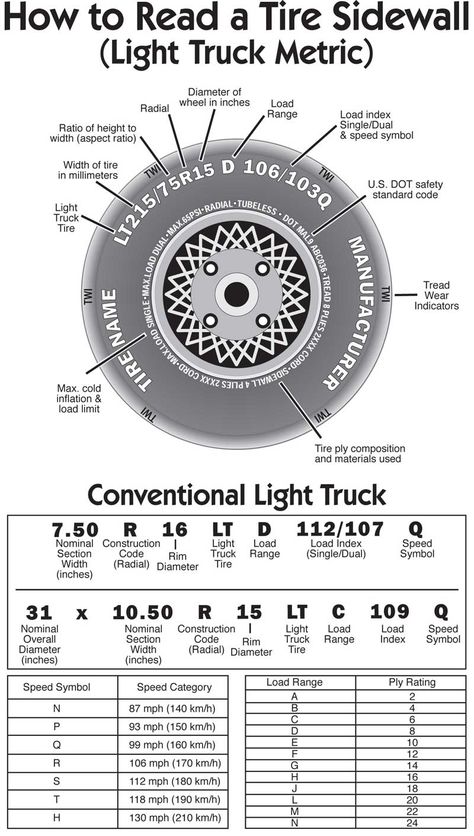 The downside of ATV mud tires is poor lateral stability, which will "go sideways" when riding on hilly terrain.
The downside of ATV mud tires is poor lateral stability, which will "go sideways" when riding on hilly terrain.
If your favorite place to ride is sand, then ATV tires should be selected based on this: they should provide the largest possible contact patch, the rubber itself should be as soft as possible, and the tread should have long blocks that work like a bucket, raking sand. Moreover, tires for sand are the most highly specialized - they are absolutely not adapted to other surfaces.
The standard ATV tires are most often universal, also called All-Terrain (all-terrain). The ability to drive on all types of roads affects the quality of this movement, averaging its passable characteristics. This will not suit professionals and experienced extreme driving enthusiasts, but for beginners, an all-terrain ATV tire will serve as the best option.
The tread pattern of these tires is varied, as a rule, it is asymmetric, and the height of the blocks is no more than 2 cm.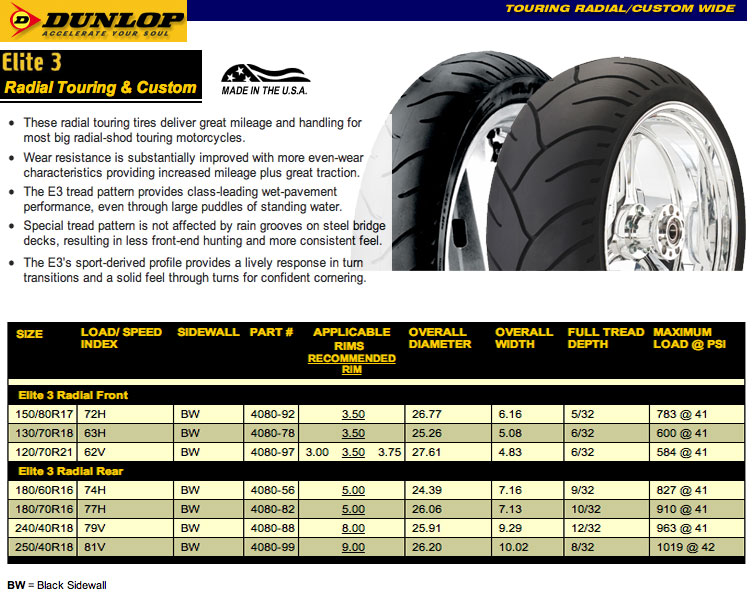 0 Scorpio. Another type of all-purpose tire is the more toothy DEESTONE Mud Crusher rubber. But for sports and racing applications, we can advise, for example, tires KENDA K 532 F Klaw.
0 Scorpio. Another type of all-purpose tire is the more toothy DEESTONE Mud Crusher rubber. But for sports and racing applications, we can advise, for example, tires KENDA K 532 F Klaw.
ATV tire pressure
ATV tire pressure is of great importance for flotation - the lower the pressure, the better the rubber “swallows” bumps, which increases flotation. Higher pressure is appropriate when driving on a normal road. As a general rule of thumb for off-road use, all-terrain vehicle tire pressure should be, on average, somewhere between 0.35 bar and 0.83 bar.
Let's say a few more words about the marking of tires used on quadrics. Off-road ATV tires are NHS (Not for High Speed Use) markings. This type of tire cannot be used on the road.
The versatility of the ATV makes it a great solution for outdoor activities, work, racing, touring, expeditions, etc. But in order for the device to confidently hold on to a particular landscape, the driver needs to choose the right tires for the ATV.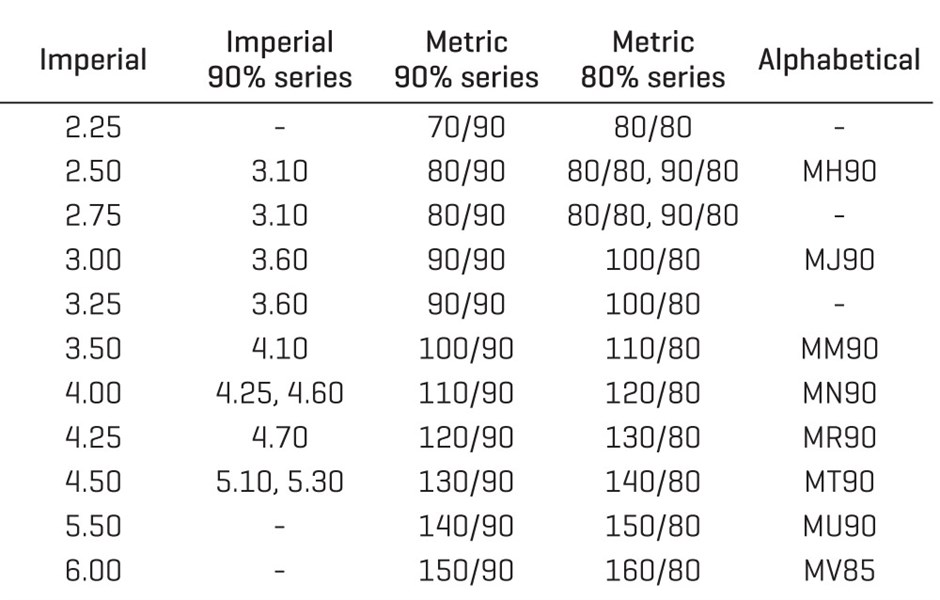 The fact is that ride comfort, maneuverability and patency of equipment depend on rubber. Even if you decide to buy an inexpensive ATV, the right tires will improve its driving performance. So let's figure out how to choose tires for an all-terrain vehicle.
The fact is that ride comfort, maneuverability and patency of equipment depend on rubber. Even if you decide to buy an inexpensive ATV, the right tires will improve its driving performance. So let's figure out how to choose tires for an all-terrain vehicle.
First, the rider needs to decide what is his priority: speed or flotation. It is from this that it is worth starting when deciding which tires are better to put on an ATV.
If you love driving ATV or want to race, then you should choose small diameter tires (12-14 inches). Such rubber will significantly increase the speed of the device, but its permeability will decrease.
Large wheels, on the contrary, will allow the quadric to drive even on difficult tracks: wetlands, streams, mud, snow. The fact is that large tires have an enlarged contact patch, which improves traction. But if you install large diameter tires on the ATV, then the torque of the device will decrease and the wear of components (engine and suspension) will increase.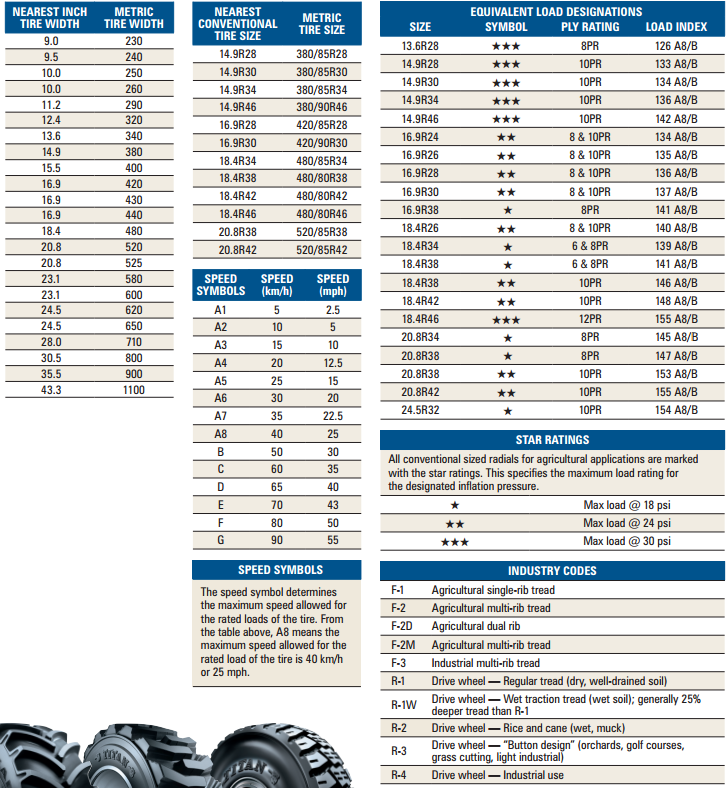
But it's better not to experiment with tires for a children's ATV. If the device has 8 inch wheels, then you need to change them to rubber of the same size. Installing wheels of a different diameter will lead to poor handling, loss of sensitivity and reduced power.
It should be noted right away that almost all rubber for ATVs is designed for off-road use. Although some manufacturers produce tires for public roads.
Now on the market:
Pay attention to the marking of tires. This will greatly simplify the choice of suitable rubber.
Wheel size is usually given in English or Metric.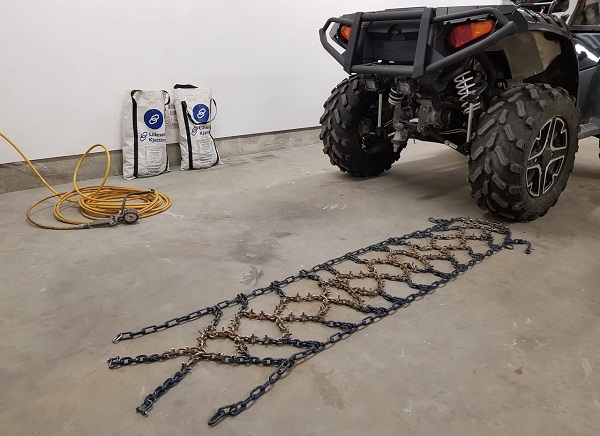 The first option looks like this: 25 × 8-12. The first two numbers show the height and width of the tire, and the last number shows the radius of the disc.
The first option looks like this: 25 × 8-12. The first two numbers show the height and width of the tire, and the last number shows the radius of the disc.
The metric system looks a bit more complicated, for example: 200/70R12. Where 200 is the width of the tire, and 70 is the ratio of the width to the height of the profile.
When choosing tires for an ATV, you need to consider the tread pattern. How the ATV will behave off-road depends on it.
Patterns:
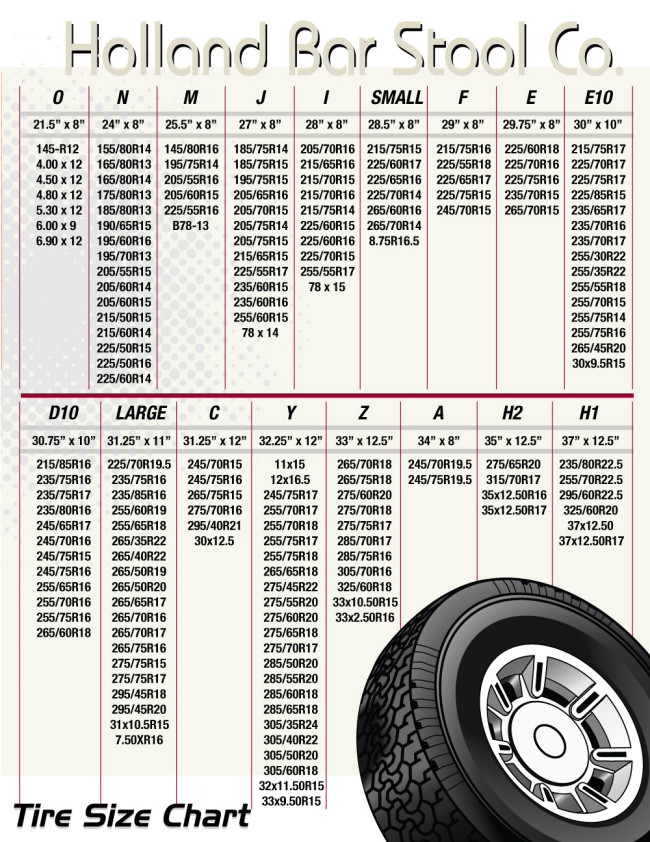 On such rubber there are special blades that help to “remove” loose soil. The tread pattern resembles blocks. It is important to note that these are rather narrow directional tires, so they can only be used for driving on sand.
On such rubber there are special blades that help to “remove” loose soil. The tread pattern resembles blocks. It is important to note that these are rather narrow directional tires, so they can only be used for driving on sand. But if you plan to ride on mud, lawn, snow and other surfaces, then it is better to take universal tires. The small pattern of the tires allows the quad to feel good on any type of track.
Even if you have chosen the best tires for your ATV, without proper maintenance, their performance will be poor. This means that the rider needs to monitor the pressure in the wheels and change it based on the characteristics of the tracks.